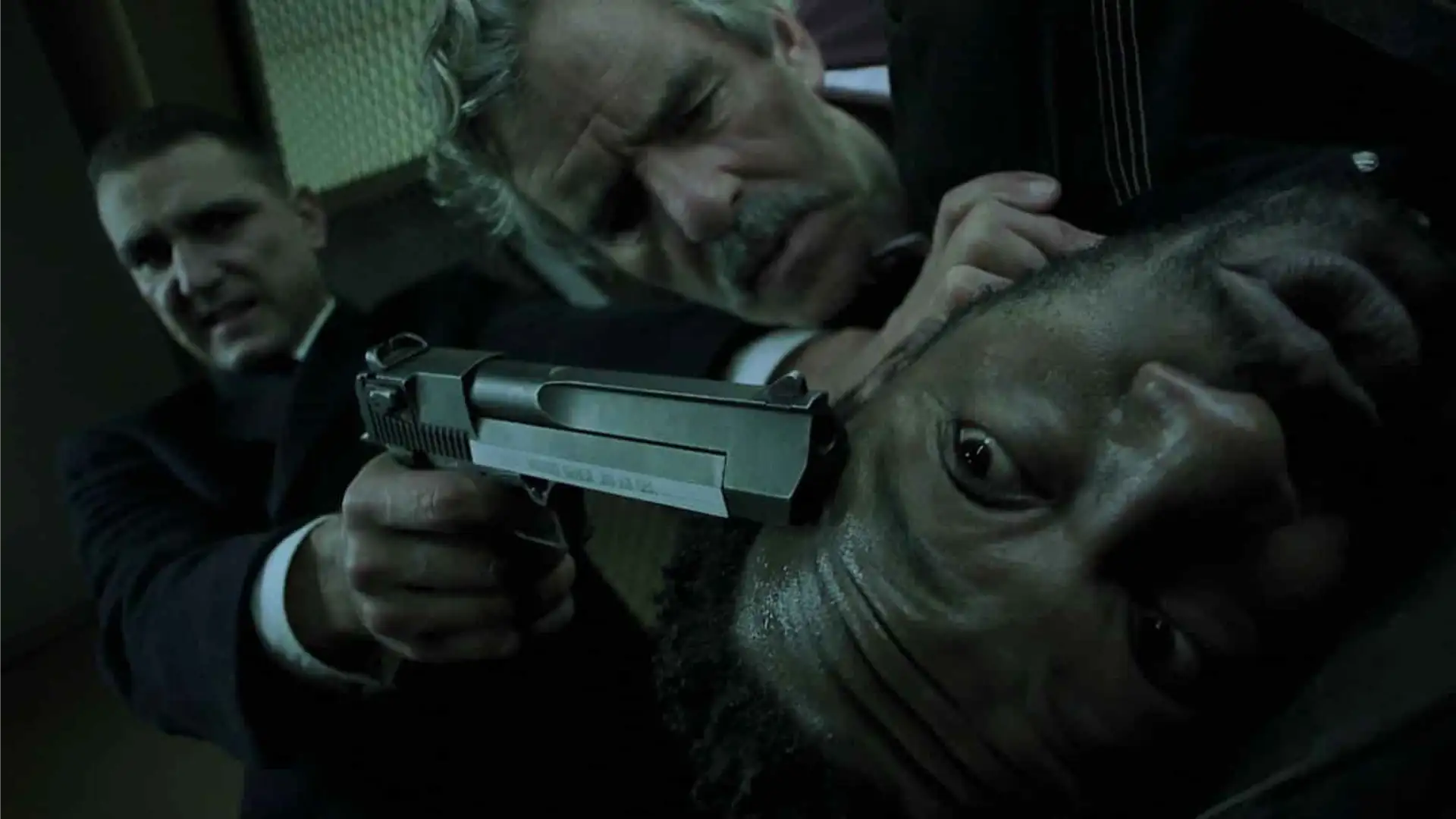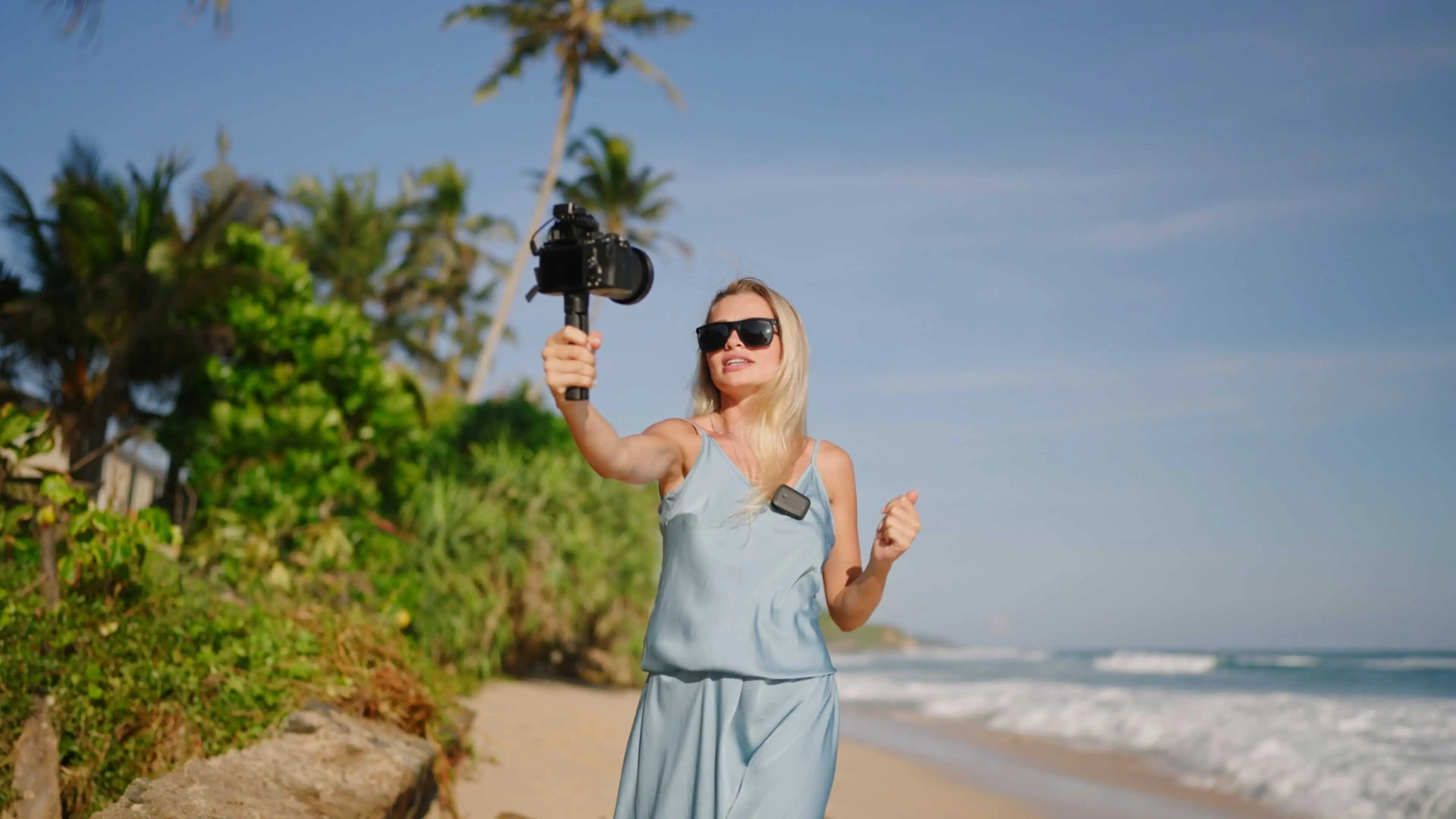Sony a7S III was the long-awaited good news from sony. Sony’s Alpha 7S Mark III is the a7 series Sony camera that is more focused on video production, especially in low light, which can attract a lot of content creators and vloggers. Sony α7S III essentially is a native 4K camera that can capture UHD 4K footage at up to 120p with 10-bit 4:2:2 encoding and output video in 16-bit Raw. But again, while a7S III is a great camera in many regards, the things that it is known for is low light capabilities of the camera which again, from the test footage published by different reviewers out there it can be said safely that sony has not failed to deliver and it still is the low light king! So, now that’s out of the way, let’s dive into it and check out the specs and capabilities of Sony a7S III.
Camera Sensor
Sony a7S III comes with the all-new full-frame 12.1-megapixel back-illuminated Exmor R CMOS image sensor that is backed up by the BIONZ XR image processor. Exmor R CMOS image sensor brings 15-stops of wide dynamic range, reduced rolling shutter, and focal-plane phase-detection AF. Based on Sony, the new BIONZ XR image processor is 8 times faster than its predecessor. This combination sensor and processor can work great and bring up stunning video and image quality.
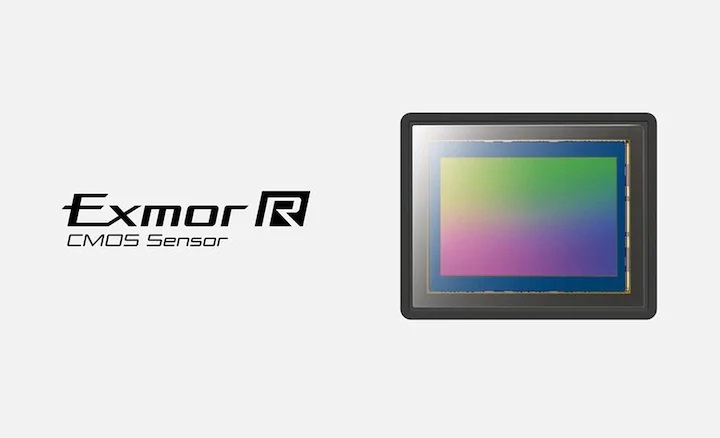
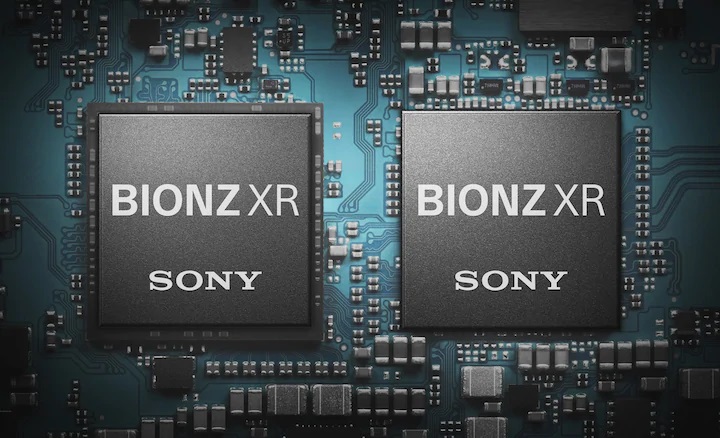
Camera Autofocus
BIONZ XR image processor and Exmor R CMOS image sensor work together to make the always active pinpoint AF of Sony a7S III a possibility. No matter if you are taking still images or shooting a video at 4K 120p, the autofocus and the camera will always give you great results using intelligent tracking and on-sensor phase-detection.
Real-time Eye AutoFocus which is empowered by AI is also improved with the hardware and in conjunction with Real-time Tracking, that analyses subject color, pattern, depth, and face information, it can give pinpoint accurate focus that you can always rely on.
XAVC HS File Format
Low Light Performance at ISO 409600
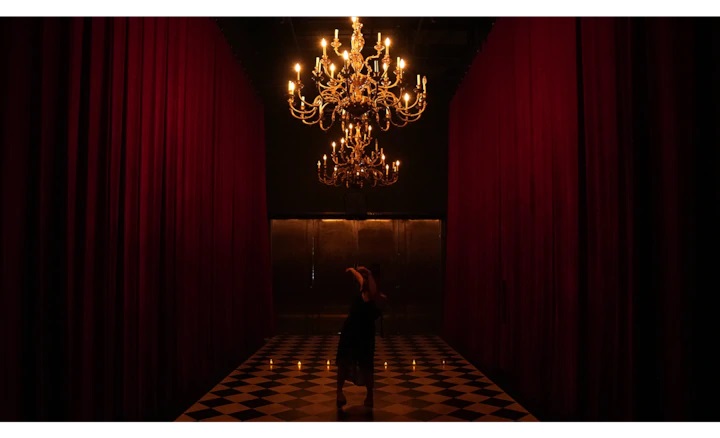
10-bit 4:2:2 recording
The 10-bit depth and 4:2:2 color sampling right in the camera! This is any video maker and content creator’s dream! With the footage coming out of Sony a7S III, the color grading, color correcting and general post production editing is a breeze! And also, if you have a compatible external recorder, you can also get live 16-bit RAW output on that recorder through HDMI while XAVC HS 4K, XAVC S 4K, or XAVC S-I 4K, and proxy files are being recorded. Yes, your proxy files that can be 8 or 10-bit will be recorded in the camera for you so you can later on use them during your editing process for a better and smoother edit workflow.
5-axis IBIS
Considering the intended audience of Sony a7S III, Chances are, most of the time the videos are going to be shot handheld and Sony has thought of that. The In Body 5-axis Optical Image Stabilization works hand in hand with the BIONZ XR processor and the gyro-sensor to measure and compensate for the inevitable hand movements and camera shake when shooting a video handheld.
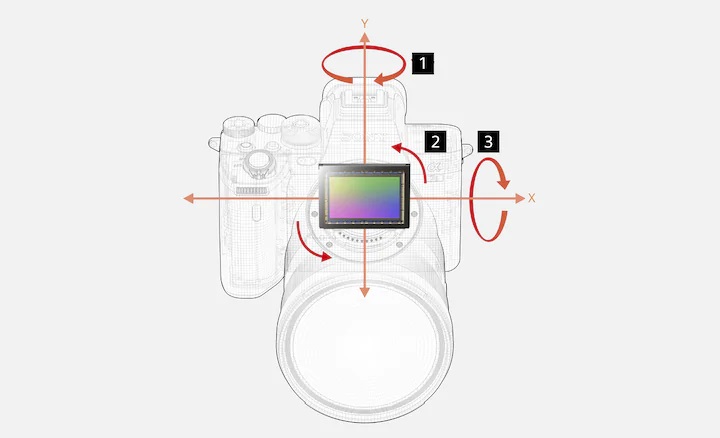
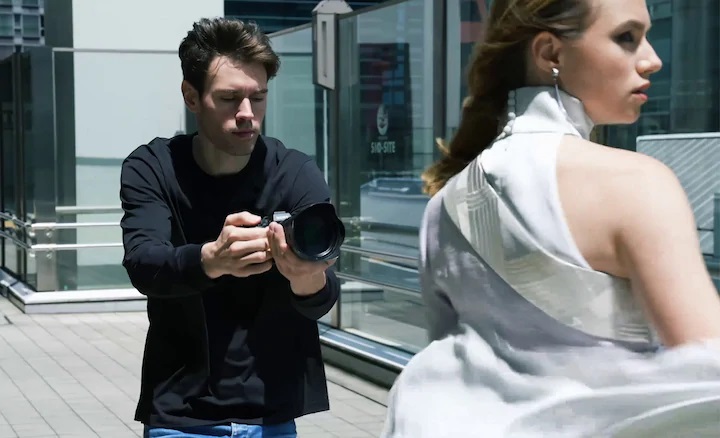
The Camera I/O
Sony a7S III is equipped with two memory slots which give you the option to do parallel or relay recording. The slots are compatible with both CFexpress Type A and SDXC UHS-II cards, which I believe is a good move from sony. Shifting to the other side of the camera you will also get two ports, a full-size HDMI port for connecting to a recorder for that 16-bit RAW live output and also a Type-C USB port that can charge the camera batteries while they are inside the camera and the camera is in use. And while we are here let’s talk about the monitor here. It is a touch screen that can be moved and flipped in different angles for better flexibility in different shooting situations.
Conclusion
All in all, Sony a7S III is as expected, a great addition to the “Sony a” lineup which among its general purposes that it can do great, is also amazing at that one feature that everybody expects it to be excellent at. And at 3800$, Sony a7S III is a great camera for on the move content creators and vloggers that is also amazing at shooting in low light situations which I believe is something many independent video makers may appreciate for their film making production.


